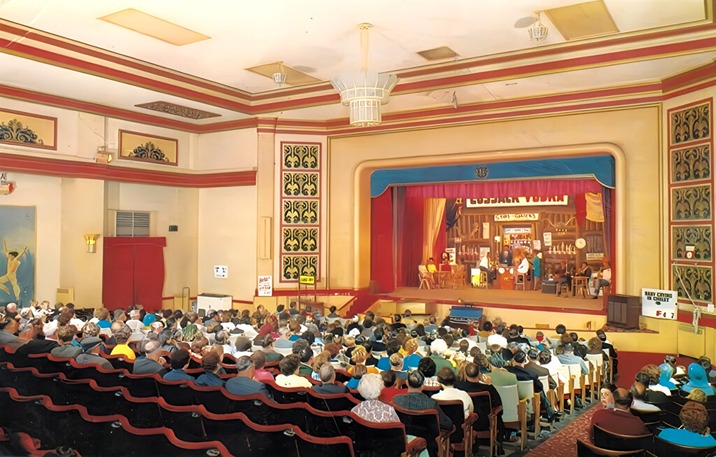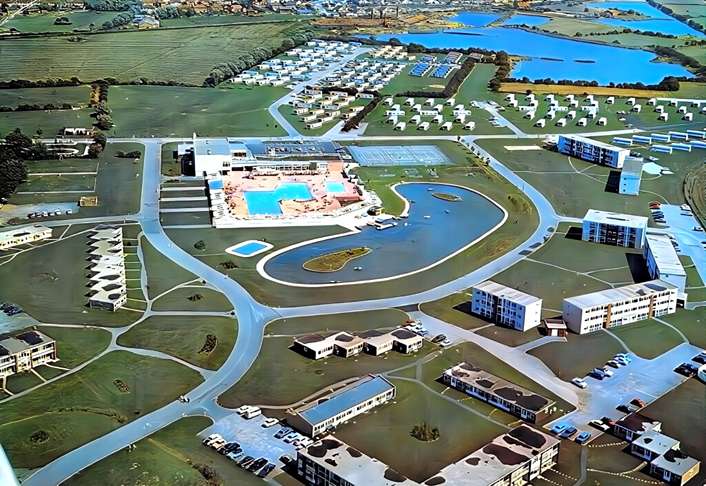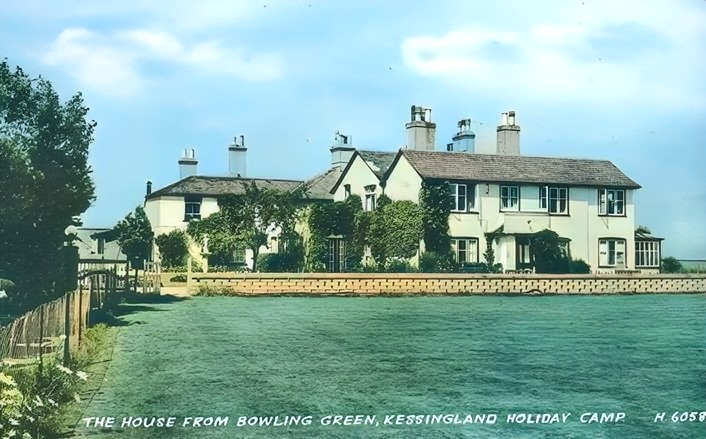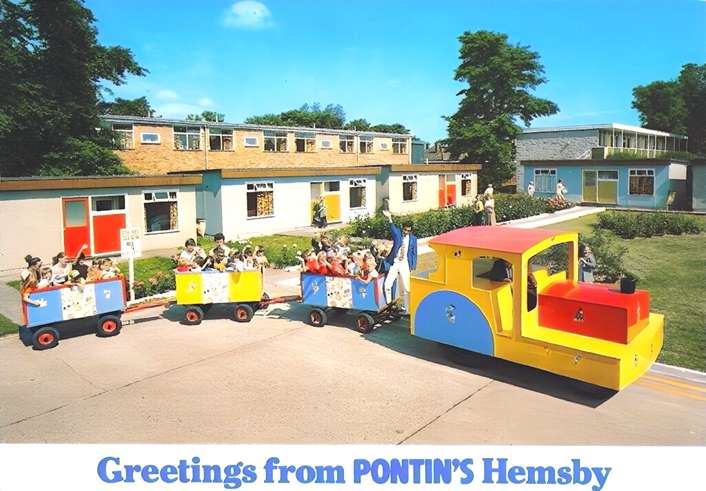In 1906, John Fletcher Dodd, a former grocer and president of the Bedford Adult School, arrived in Great Yarmouth with his wife to establish a local branch of the Independent Labour Party (ILP). Founded in 1893 to represent the working classes, the ILP embraced values of comradeship, friendship, and leisure. Having made a healthy profit from his grocery business, Dodd took over Hill Farm in Caister. He set up 150 army bell tents and advertised it as Caister Socialist Camp, promising “a simple life, vegetarians provided for, all work shared, all profits for the cause.” The camp aimed to offer “healthy, vigorous, self-improving holidays” for working-class men and, later, women.





Three meals a day were provided in a large barn with a separate club room for “reading, writing or smoking”. The camp became an instant success. A rate of one guinea (21s) was being charged, children half price. Dodd, his wife and two children lived on site in a house known as Hill House.

By 1908 the camp turnover had increased to £800 with Dodd releasing all the figures for public inspection. It was now offering “the finest waterproof tents, spring beds and special accommodation for ladies”. The following year a larger dining hall was built along with tennis and croquet facilities.




Dodd implemented a number of rules such as no alcohol, no babies and no loud talking after 11pm. Guests were expected to help out with chores and be punctual for meals. Bathing costumes had to meet certain guidelines. People accused of “rowdy conduct or improper language” would be kicked out. Fines would be imposed if accommodation was untidy. And everyone was strongly encouraged to attend political discussions and debates in the lecture hall.
By 1912, the camp had dropped its socialist affiliation due to a disagreement with the ILP. Dodd then transitioned to a more commercial operation, getting rid of most of his previous rules. The weekly rate of 21 shillings remained the same, but wooden huts were introduced for 25 shillings a week.
During the 1920s the camp had run out of room so it started expanding across the street towards the beach. A lot of the tents had been replaced with wooden huts along with some old converted tram car bodies. Weekly rates were now 2 guineas a week.



By the 1930s the camp had grown significantly with room for a thousand campers. The majority of the camp was now located on the east side of the main road although the original west side camp was still being used.


In 1933 a huge new dance hall was opened “the finest in the country” which could accommodate 600 dancing couples. The camp even had its own railway station (Caister Camp Halt). In 1938 a holidaymaker was struck and killed by a train near the station. The railway line closed in 1959.


During the war the it was taken over by the military and was used to house Italian prisoners of war.
Mrs Dodd died in 1944 and shotly after Mr Dodd retired to Tunbridge Wells and died there in November 1952. He left £30,000 to family friend Dora Adams “in recognition of the kindness, care and attention given to me and my late wife”.
His son Jack continued the run the camp and the following year he built a new 16-acre camp next door called Silver Springs.
I’m not sure what happened next but in 1958 both camps ended up in the hands of the official receiver. Both were acquired by local businessman Tom Watson who immediately did away with the old rules and both camps became hugely successful.
Watson went on to build his Caster Group into the largest holiday company in East Anglia with 3 hotels in Great Yarmouth (the Cavendish, Metropolitan and New Beach), along with 7 holiday parks, a large fleet of Norfolk Broads rental boats and several car dealerships.
During the 1960s many improvements and additions took place including a new heated swimming pool, larger dining rooms and new brick chalets. Even though the majority of the camp was now located on the east side of the road the original west side was still being used for storage and staff accommodation.





In 1972 Godfrey Davis made a surprise £5.5 million bid for the Caister Group but were beaten out by Ladbrokes who bid £6 million. Ladbrokes sold off the hotels and car dealerships but kept 6 holiday parks, including Caister and Silver Springs, and rebranded them to form their new Ladbrokes Holidays division. Ladbrokes went on to buy several more holiday parks around the country.
In 1974 a large cabaret venue was opened known as Neptune’s Palace which attracted most of the big names of the day. It was demolished and replaced in 2011. The camp also had two other evening entertainment venues. During the 1970s a small corner of the site was sold off for housing and Dodd’s Close was built, named in memory of the old owners.


During the mid-1980s Ladbrokes merged Silver Springs into the main Caister camp. This decade saw rising land prices so Ladbrokes cashed in by selling off a couple of parcels of land. The first section was the plot across the street where the original 1906 camp was located, along with Dodd’s old home. Everything was demolished and housing now occupies the site – search out Royal Thames Road. They also sold off part of the Silver Springs site for more housing, search out Webster Way.
In 1987 Ladbrokes sold all their holiday parks to Mecca Leisure, owner of Warners Holiday Camps, for £55 million. Most of their camps were then rebranded under the Warners name. In 1990 Mecca Leisure was acquired by Rank Leisure, owners of Butlins and Haven, so most of the parks were rebranded yet again under the Haven name.
In 1992 the adjoining Caister Beach caravan park was bought by Haven and merged into the existing camp.
The park is still open today and still owned by Haven. Most of the old chalets have now been demolished and it’s now virtually all caravans, apart from some luxury ‘Deck Houses’. The old outdoor pool was rebuilt and is now an indoor pool. Some of the old 1960s buildings are still in use, although much changed. It now holds the title of oldest holiday park in the country.



